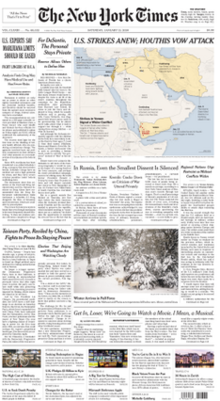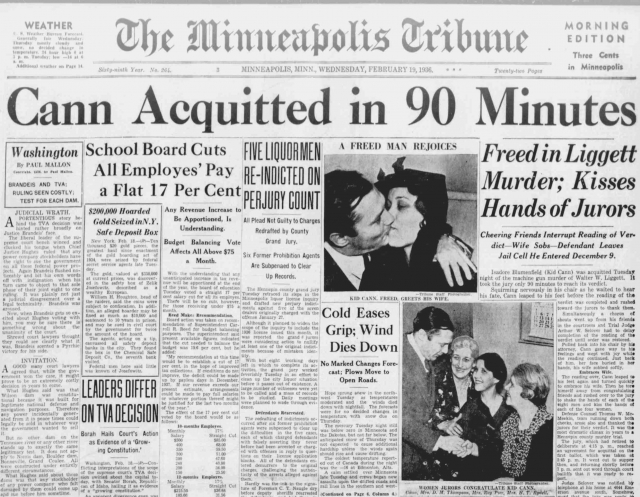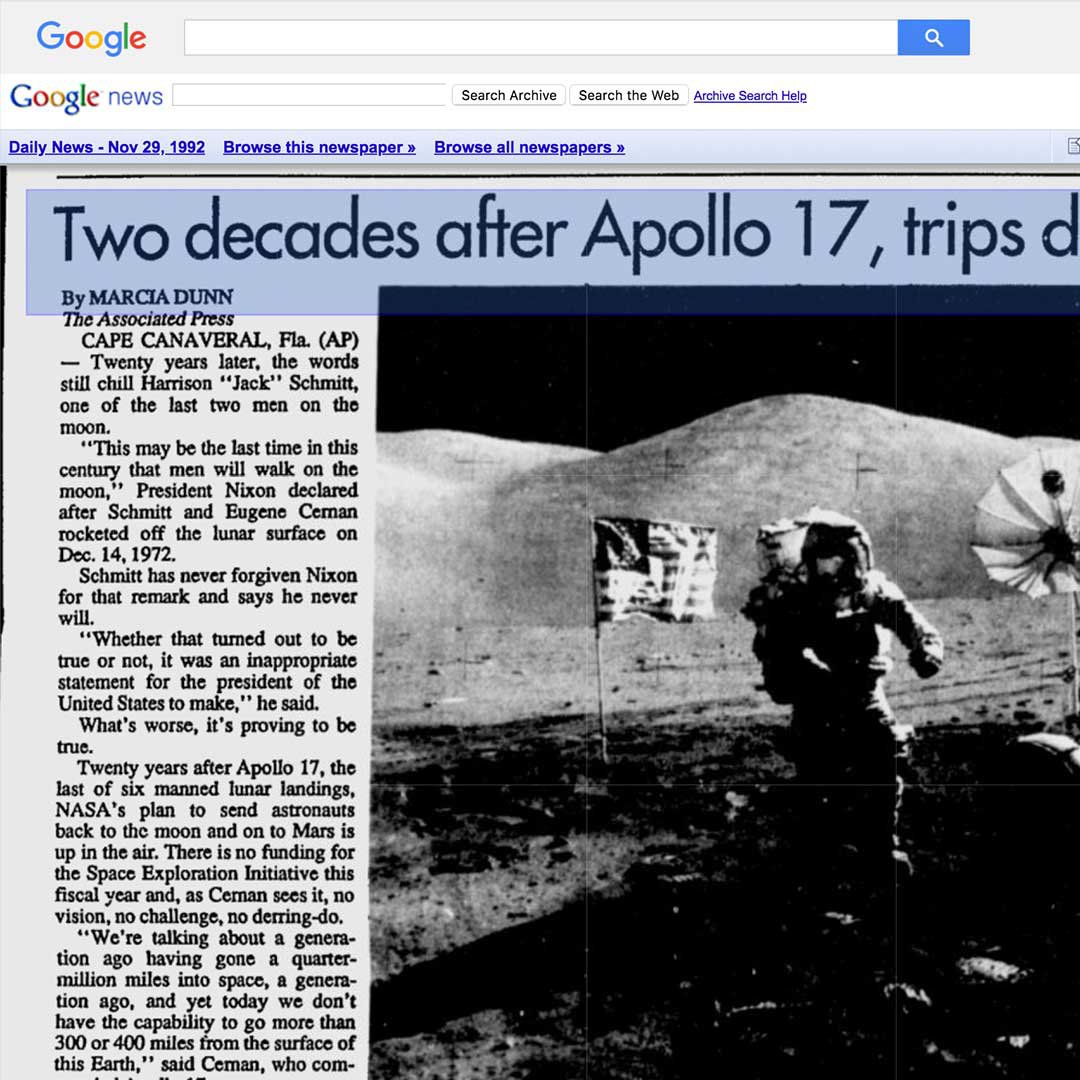Excitement About News Articles
Excitement About News Articles
Blog Article
The 15-Second Trick For News Articles
Table of ContentsSome Of News ArticlesNews Articles Fundamentals ExplainedThe Main Principles Of News Articles News Articles Can Be Fun For EveryoneThe Best Guide To News Articles
Good expertise of different subjects offers students a competitive side over their peers. Despite the fact that electronic and social media are easily accessible, we must not neglect how crucial it is to read the newspapers. Moms and dads must try and inculcate the behavior of reading a newspaper as an everyday regimen to proceed the legacy of the revered print medium.News stories also include at least one of the following vital qualities loved one to the designated target market: proximity, prestige, timeliness, human interest, curiosity, or repercussion.
Within these limits, information tales also intend to be comprehensive. Amongst the larger and more revered papers, fairness and equilibrium is a major factor in offering info.
Newspapers with a global audience, for instance, tend to make use of an extra formal design of composing. The particular selections made by an information electrical outlet's editor or editorial board are often accumulated in a style overview; common design guides consist of the and the US Information Design Book. The major goals of information writing can be summarized by the ABCs of journalism: precision, brevity, and clarity.
What Does News Articles Mean?
Generally, journalists will not use a long word when a short one will do. They use subject-verb-object construction and vibrant, active prose (see Grammar). They provide narratives, examples and metaphors, and they rarely depend on generalizations or abstract ideas. Information authors attempt to prevent using the same word greater than once in a paragraph (sometimes called an "resemble" or "word mirror").
Nonetheless, headlines sometimes leave out the subject (e.g., "Jumps From Watercraft, Catches in Wheel") or verb (e.g., "Pet cat female lucky"). A subhead (additionally subhed, sub-headline, subheading, subtitle, deck or dek) can be either a subordinate title under the major headline, or the heading of a subsection of the short article. It is a heading that comes before the primary text, or a team of paragraphs of the main message.

Additional signboards of any of these types might appear later in the article (particularly on subsequent pages) to tempt additional analysis. Such billboards are likewise made use of as guidelines to the article in other areas of the magazine or site, or as ads for the item in other magazine or websites. Typical structure with title, lead paragraph (recap in bold), other paragraphs (information) and contact information.

Example of a hard-lead paragraph NASA is proposing an additional area job. The agency's spending plan request, announced today, consisted of a plan to send an additional objective to the Moon. This time the firm intends to establish a lasting facility as a jumping-off place for various other space journeys. The budget demands around $10 billion for the project.
An "off-lead" is the 2nd most important front page information of the day. To "bury the lead" is to begin the write-up with background information or information of second significance to the visitors, compeling them to read more deeply right into a write-up than they should have to in order to find the crucial points.
Some Of News Articles
Common usage is that one or 2 sentences each create their very own paragraph. Journalists generally describe the organization or structure of a news story as an inverted pyramid. The vital and most fascinating aspects of a story are put at the beginning, with sustaining details adhering to in order of lessening relevance.
It permits individuals to check out a topic to only the depth that their inquisitiveness takes them, and without the charge of information or nuances that they could consider pointless, yet still making that info offered to much more interested readers. The upside down pyramid framework also enables write-ups to be cut to any type of arbitrary size during layout, to suit the area available.
Some writers begin their stories with the "1-2-3 lead", yet there are lots of kinds of lead offered. A twist can refer to several points: The last story in the information broadcast; a "satisfied" story to finish the show.
Longer write-ups, such as magazine cover posts and the items that lead the within sections of a paper, are recognized as. Attribute stories differ from straight news in numerous ways.
The Best Strategy To Use For News Articles
The reporter frequently details communications with interview subjects, making the piece much more personal. A feature's first paragraphs typically associate an intriguing minute useful reference or occasion, as in an "unscientific lead". From the details of a person or episode, its view rapidly broadens to abstract principles regarding the story's subject. The section that signals what an attribute is around is called the or signboard.

The Editor's Tool kit: A Reference Guide for Beginners and Professionals (2001) Allan M. Siegal and William G. Connolly. The New York City Times Guidebook of Style and Usage: The Authorities Design Guide Utilized by the Writers and Editors of the Globe's Most Authoritative Paper (2002) M. L. Stein, Susan Paterno, and R.
Report this page